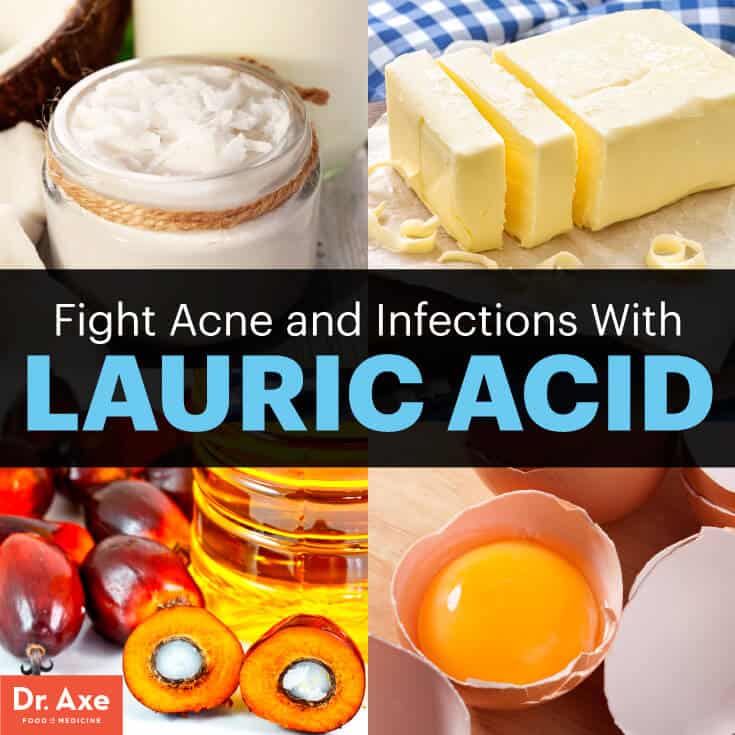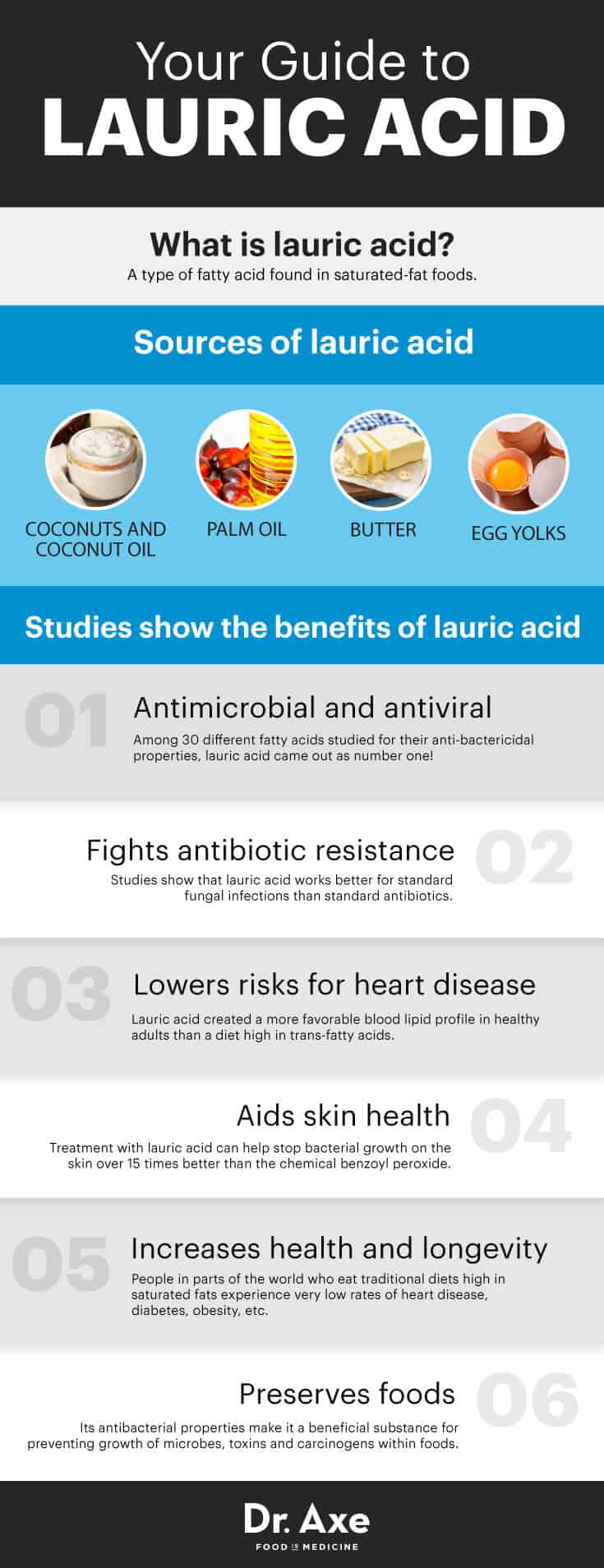This Dr. Axe content is medically reviewed or fact checked to ensure factually accurate information.
With strict editorial sourcing guidelines, we only link to academic research institutions, reputable media sites and, when research is available, medically peer-reviewed studies. Note that the numbers in parentheses (1, 2, etc.) are clickable links to these studies.
The information in our articles is NOT intended to replace a one-on-one relationship with a qualified health care professional and is not intended as medical advice.
This article is based on scientific evidence, written by experts and fact checked by our trained editorial staff. Note that the numbers in parentheses (1, 2, etc.) are clickable links to medically peer-reviewed studies.
Our team includes licensed nutritionists and dietitians, certified health education specialists, as well as certified strength and conditioning specialists, personal trainers and corrective exercise specialists. Our team aims to be not only thorough with its research, but also objective and unbiased.
The information in our articles is NOT intended to replace a one-on-one relationship with a qualified health care professional and is not intended as medical advice.
Fight Acne and Infections with Lauric Acid
August 14, 2017

Healthy sources of fats including egg yolks, butter and coconut products have been absent from the Standard American Diet for years simply because of misunderstandings and miscommunication about the effects of eating these foods. Many people, including even some doctors, still don’t understand the full story when it comes to the importance of including saturated fats in the diet.
One of the most crucial reasons for eating quality fats on a daily basis is that they provide us with certain beneficial fatty acids that have fat-burning, antimicrobial, antibacterial, hormone-balancing properties. We can’t get these fatty acids, including one called lauric acid, from fat-free foods and must obtain them from sources like coconuts, butter and full-fat dairy products.
What Is Lauric Acid?
Lauric acid is a particular type of fatty acid found in saturated-fat foods. The single best source of lauric acid is coconuts, and in fact many of the benefits of coconut oil that have been well-established in research settings are due to the presence of lauric acid.
As a medium-chain fatty-acid (MLFA), also called medium-chain-triglyceride (MCT), lauric acid is part of the class of organic compounds known as lipids. Lipids are another name for fats, the macronutrients that are vital to human health for the construction of cellular membranes and preventing the body from entering a state of “starvation.” All fats and oils are made up of chains of small compounds called fatty acids, and their chemical structure determines whether they are considered saturated or unsaturated.
The human body needs both saturated and unsaturated fats; in fact we can’t exist without them. Fatty acids are incorporated into all of our cell membranes, cushion and support our organs, are used for hormone production and are even a valuable source of energy. Fat-containing foods also help us absorb fat-soluble nutrients that are crucial to overall health and some help fight viral and bacterial infections, too.
Although many people still fear eating sources of saturated fats like coconuts or butter, these foods provide numerous benefits in addition to special fatty acids like lauric acic – nutrients like vitamins A, D and E, as well as potassium and magnesium, just to name a few.
How Lauric Acid Works in the Body
Lauric acid is most well-known for its antimicrobial properties, since it’s the precursor to monolaurin, a more powerful antimicrobial agent that is able to fight viruses and bacterial infections. When lauric acid is digested, certain enzymes within the digestive tract form the valuable type of monoglyceride called monolaurin.
While lauric acid itself has disease-fighting abilities, monolaurin from lauric acid is even more capable of inhibiting the growth of pathogens due to having strong antimicrobial and antibacterial properties. For this reason, for centuries foods containing lauric acid like coconuts have been used for treating viral infections, including influenza (the flu), yeast infections, the common cold, fevers, cold sores and genital herpes.
6 Lauric Acid Benefits
1. Has Strong Antimicrobial and Antiviral Properties
Study after study shows the impressive immune-enhancing effects that lauric acid is capable of producing in the human body. Among 30 different fatty acids studied for their antibactericidal properties, lauric acid came out as number one! Data from a study published in Antimicrobial Agents and Chemotherapy Journal indicate that C12 (lauric acid) is the most inhibitory saturated fatty-acid against harmful organisms.
When lauric acid is converted to monolaurin, it essentially acts like a bacteria-killer. It has the ability to kill a wide range of harmful pathogen hosts in the body, making it an effective way to help treat or prevent infections, viruses, digestive disorders and chronic diseases.
While able to treat more common illnesses like the cold or flu, lauric acid has shown positive outcomes for treating serious conditions like the herpes simplex virus (HSV), chronic yeast infections and even HIV/AIDS. It’s also been shown to kill the bacteria called Staphylococcus Aureus, considered a dangerous pathogen capable of causing serious infections and fatality.
Other uses for lauric acid include controlling infections like bronchitis, Candida virus, sexually transmitted diseases like gonorrhea, genital warts caused by human papillomavirus (HPV) or chlamydia, and intestinal infections caused by parasites.
2. Helps Fight Antibiotic Resistance
The push for taking advantage of lauric acid’s natural pathogen-fighting abilities is especially true considering the growing risk of antibiotic resistance that we now face. Studies show that sources of lauric acid — including widely available and affordable coconut oil — should be used in the natural treatment of common fungal infections over standard antibiotics whenever possible considering the emerging data we have on the rise of drug-resistant species.
3. Linked to Lower Risks for Heart Disease
While certain long-chain triglycerides found in man-made fats — including vegetable seed oils and hydrogenated coconut fat — have been linked to higher risks for heart disease, the opposite is basically true of natural medium-chain triglycerides including lauric acid. The types of fats found in natural, unprocessed coconuts, coconut oil and coconut milk do not raise total serum cholesterol levels or contribute to heart disease, according to the latest studies.
A report published in The Current Athersclerosis Reports demonstrated that the relationship of saturated fat intake to risk for atherosclerotic cardiovascular disease in humans remains controversial. Overall, replacing saturated fats in the diet with polyunsaturated fats reduces both LDL cholesterol (the so-called “bad kind) and HDL cholesterol (the “good kind”), which isn’t ideal. Replacing saturated fats with carbohydrates, particularly refined carbohydrates and added sugars, also dramatically increases levels of triglycerides and small LDL particles and reduces HDL cholesterol, which only increases the prevalence of heart disease, obesity and insulin resistance.
And let’s not forget that compared to trans-fats, natural saturated fats are an enormous step-up in terms of health benefits. Both trans-fats and saturated fats are used by food manufacturers to stabilize food’s firmness and texture, but significant differences between the effects of saturated fats and trans-fats on cholesterol levels have been established in clinical trials.
One study found that lauric acid (C12:0) resulted in a much more favorable blood lipid profile in healthy adults than a diet high in trans-fatty acids. Therefore, it’s unanimously agreed by health experts that solid fats rich in lauric acids, including coconut oil and other tropical fats, are preferable in food manufacturing over man-made, dangerous trans-fats.

4. Benefits Skin Health and Naturally Fights Acne
The strong bactericidal properties of lauric acid can be used to effectively and naturally treat acne. Studies have demonstrated that lauric acid works as an antibiotic treatment method against Propionibacterium bacteria that causes acne breakouts on the skin. This bacteria promotes follicular inflammation (inflammatory acne), especially when other skin bacteria are present including P. acnes, Staphylococcus aureus (S. aureus), and Staphylococcus epidermidis (S. epidermidis).
One 2009 study published in The Journal of Investigative Dermatology showed that treatment with lauric acid can help stop bacterial growth on the skin over 15 times better than the chemical benzoyl peroxide (BPO) that’s added to most over-the-counter acne medications! And these benefits come with none of the toxic side effects of commercial acne treatments including redness, swelling, peeling and dryness. Both injection and epicutaneous application of lauric acid after 24 and 48 hours effectively decreased the number of P. acne cysts that colonized on the skin, mouth and ears while reducing swelling, pain and inflammation. It’s why lauric acid-rich coconut oil works for the skin.
5. Correlated with Health and Longevity in Traditional Populations
Plenty of populations around the world, especially those native to the South Pacific and the Polynesians Islands, have thrived on eating saturated fats for centuries. They’ve done this without experiencing many of the “modern” health problems facing the western world today. Hence, it’s been called a “blue zone,” where people tend to live longer and healthier lives.
Indeed, in certain tropical parts of the world, coconuts – containing lauric acid – are a staple crop and make up a massive percentage of the fats in people’s diets. Some get over 60 percent of their calories from coconuts! Unlike what we see in the Unites States and many other developed nations, these people eating traditional diets high in saturated fats experience very low rates of heart disease, diabetes, obesity and other concerns.
6. Preserves Foods and Prevents Spoilage
As a saturated fat, lauric acid is insoluble in water and shelf-stable. This is one reason that coconut oil is sometimes highly modified and added to things like natural skin care products, food products and animal feeds to stabilize their texture and appearance. Industrial uses for lauric acid and its derivatives include making soaps, lotions, wetting agents, rubbers, softeners, detergents and insecticides. While this type of refined coconut oil loses most of its benefits, unmodified lauric acid can help prevent rancidity and extend shelf life of perishable foods.
Lauric acid’s antibacterial properties make it a beneficial substance for preventing growth of microbes, toxins and carcinogens within foods or household products. This is the reason I’m such a fan of using pure coconut oil for so many uses and treatments, whether applying it your skin and hair, shaving with it or trying coconut oil pulling.
Best Sources of Lauric Acid
Lauric acid is primarily found in natural saturated fat-containing foods like coconuts and palm oil. About 50 percent of the fat in coconuts — or more accurately somewhere between 44–53 percent — is lauric acid. This makes coconuts the single best source of lauric acid there is. Benefit-rich palm oil (also called palm kernel oil) is another valuable source, without somewhere around the same amount, but possibly slightly less.
Coconuts have a laundry list of health benefits, which is why they are one of my favorite foods for healing. While coconut flour and coconut water have perks and unique uses of their own, coconut oil or cream/milk is where the lauric is found, since it lives within the coconuts’ fat molecules.
Pure lauric acid cannot be ingested directly because it’s severally irritating to the digestive tract. However, luckily when it’s chemically bound to glycerol (another compound found in coconuts or other saturated fatty foods), there are no gastrointestinal problems and the body easily absorbs it.
Other natural sources of lauric acid include milk fat and butter from grass-fed animals, including cows, sheep or goats. These have about 3 percent lauric acid, which you can see is substantially less than coconuts and palm oil provide.
Finally, some newly genetically engineered oils including canola or rapeseed can provide up to 36 percent lauric acid, but these come with risks of their own. Refined oils that are highly processed and engineered are usually made using chemical solvents and toxins. For this reason, and because it offers many additional benefits, coconut oil is a much more natural and beneficial way to get lauric acid.












